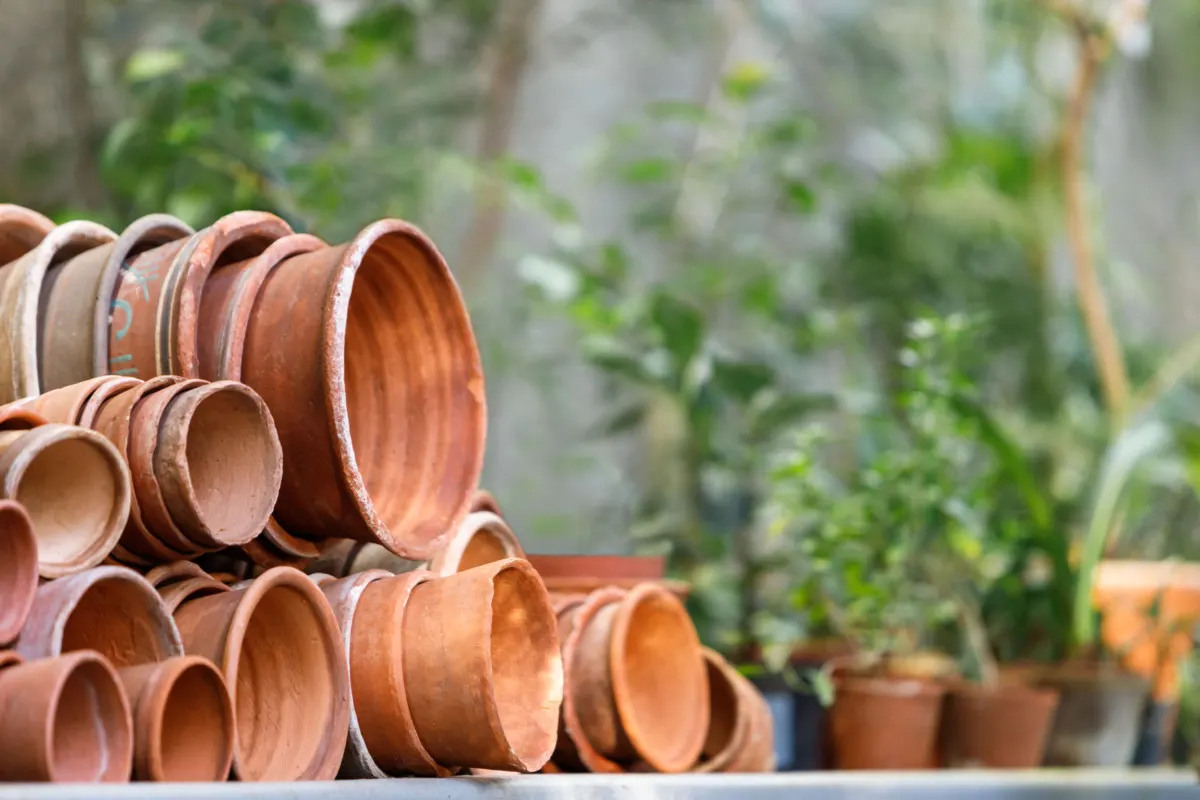
If you wander into the garden section at any store, inevitably, you’ll be met by a wall of orange pots – the terracotta section.
If you’re new to gardening in general or just terracotta pots, you’ve probably wondered what the big deal is with these silly things.
After all, they’ve been around forever, and you can find them in the fanciest nursery down to lowly old Walmart. But there has to be something to these pots since there are so many nicer-looking options out there.
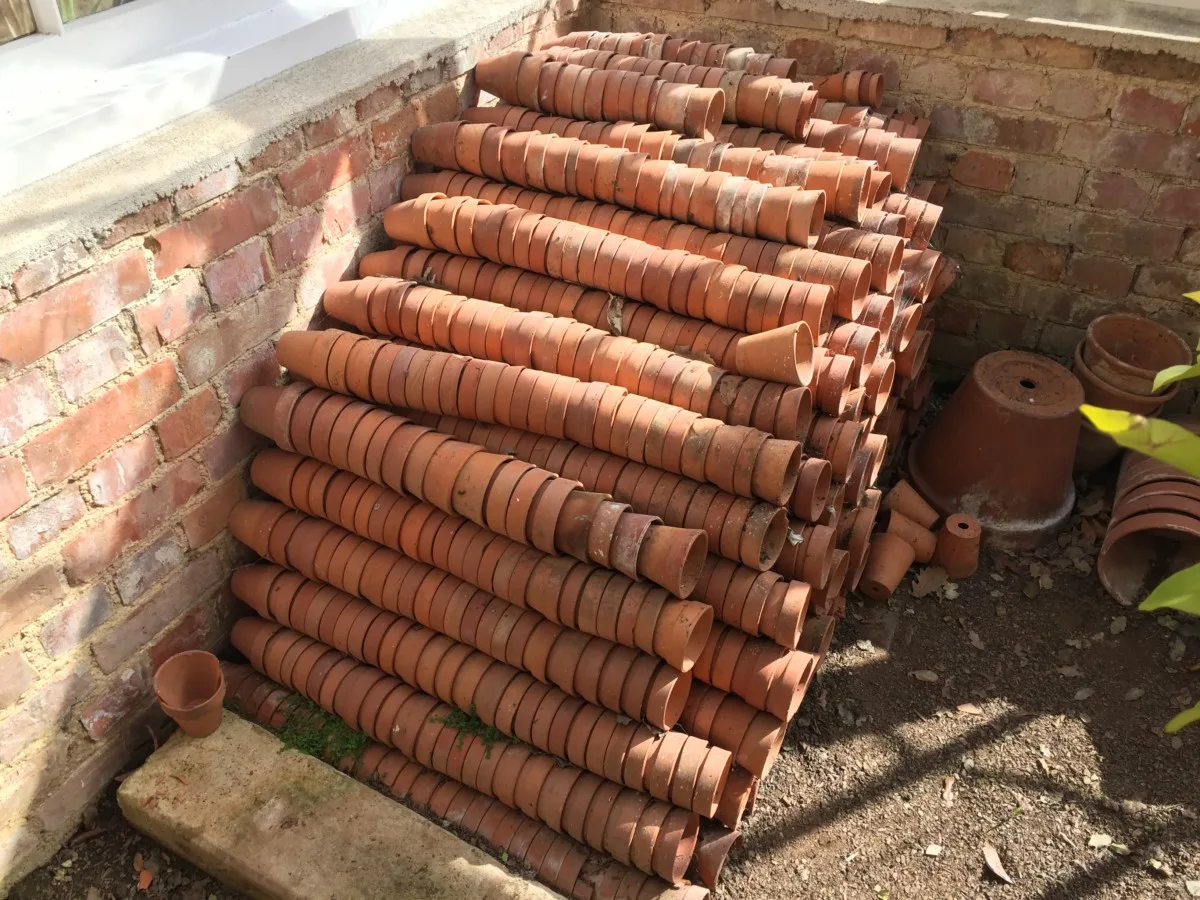
So, what is it? What is the big deal with terracotta pots?
1. It Helps to Know a Bit About Terracotta
Terracotta’s enduring popularity is centuries old, millennia even. Whether we’re building irrigation systems in ancient Rome, making roof tiles for our homes or creating timeless pieces of art that will last thousands of years, it seems our clay of choice is terracotta.
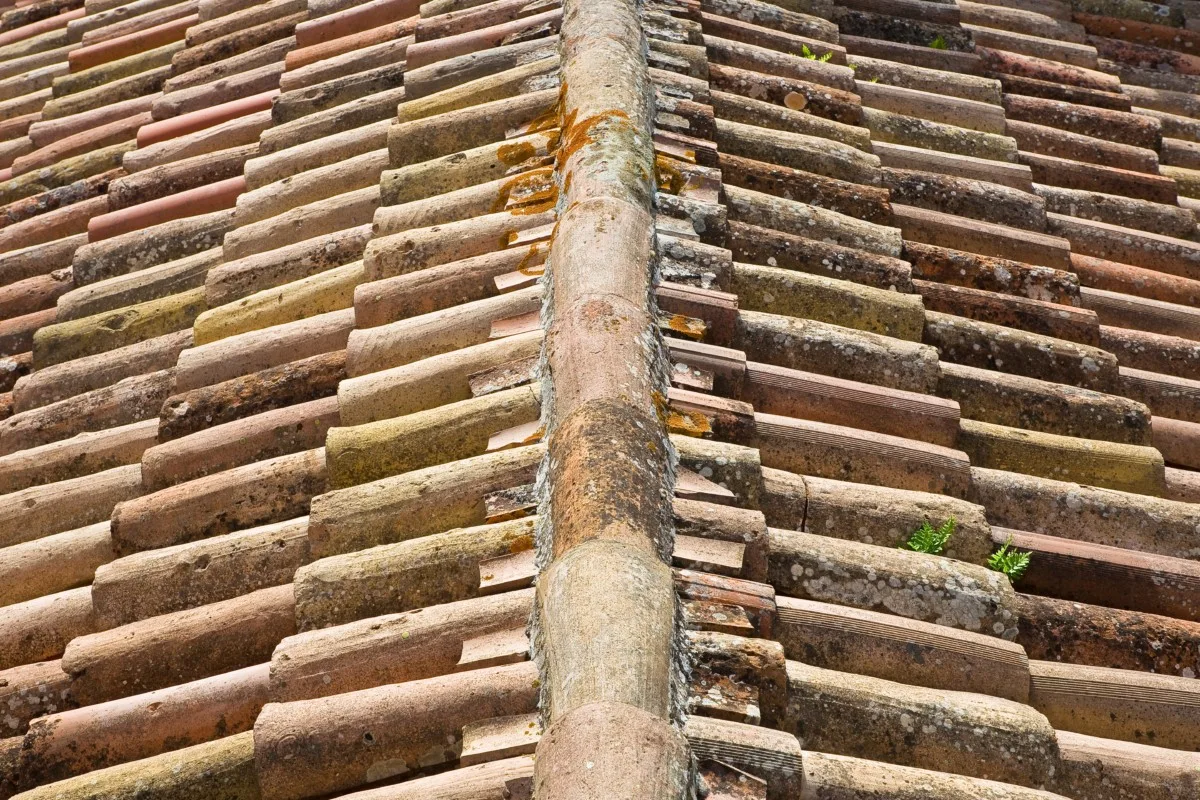
One of the biggest reasons is that you can find it anywhere in the world. It’s the most commonly found clay in the soil on every continent.
(Well, I don’t know how much clay has been unearthed from Antarctica, but I’ll bet it’s there, too, if you dig deep enough.)
Not only is terracotta plentiful, but it’s inexpensive to make and easy to work with. Terracotta is quite malleable and doesn’t require crazy hot temperatures to fire it like other clays. It’s no wonder humans have reached for this natural construction and art material for ages.
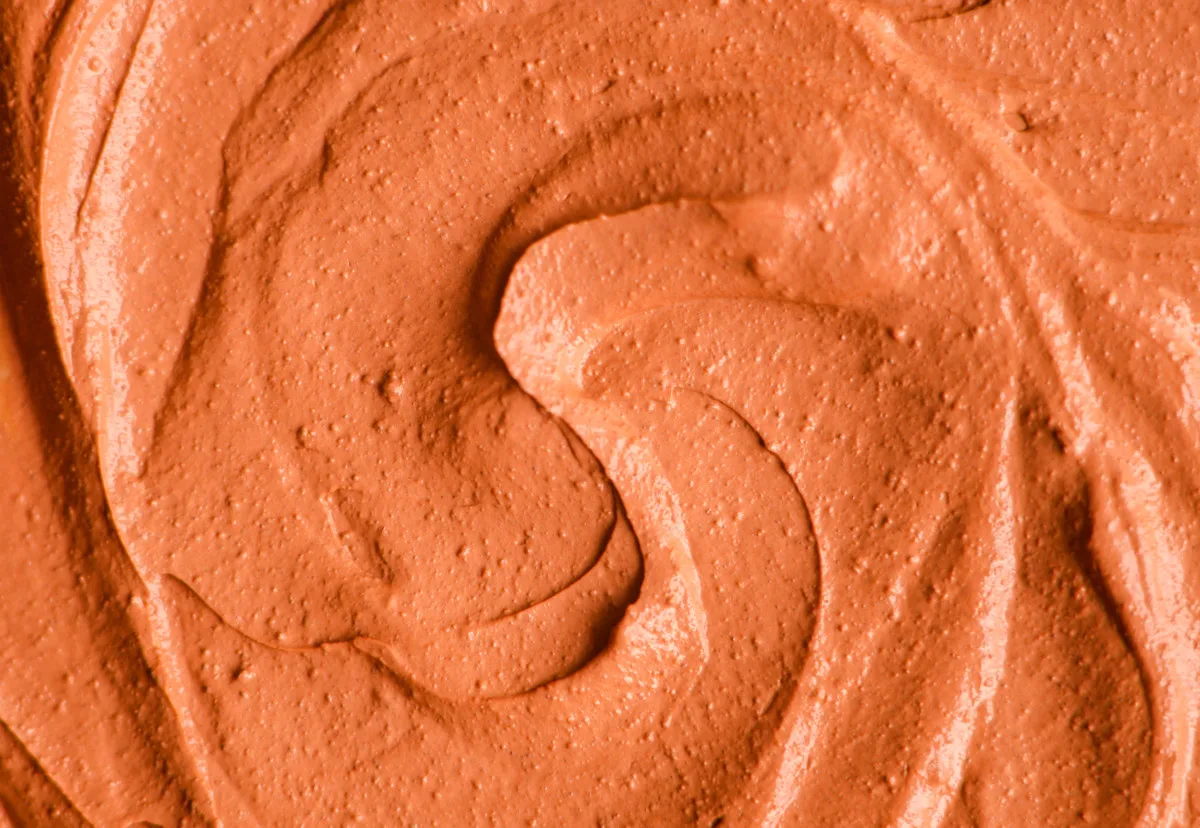
And it seems when someone made the first terracotta pot for gardening, something clicked, and we’ve been hard-pressed to find another alternative that measures up. Easy to find, easy to work with and inexpensive to make. I’m sure you’re beginning to see why these pots are so popular. But let’s take a closer look at its use as a gardening tool.
2. Use Your Ears to Choose High-Quality Terracotta Pots
Ditch the notion that terracotta pots are fragile. There is an entire army in China that would take offense at being called “fragile.”
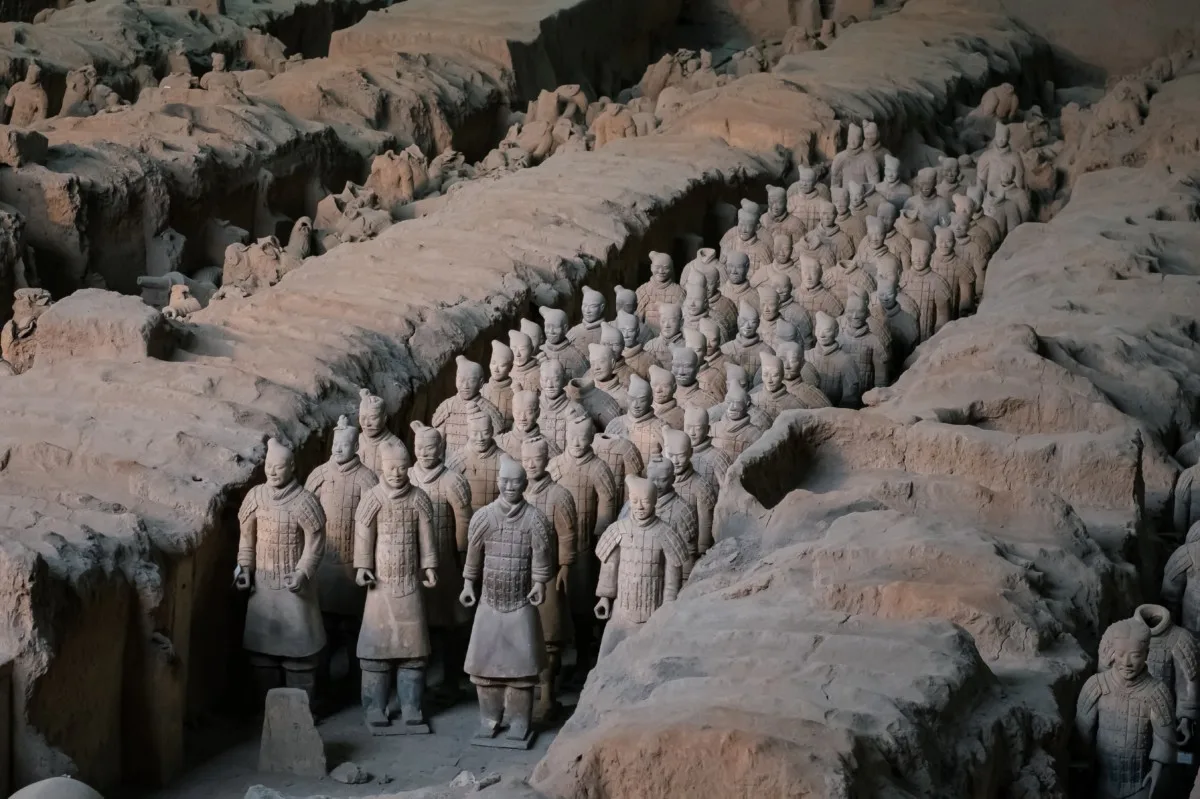
Some of the oldest pottery fragments found in archeological digs are terracotta. And ancient vases made from it are sitting in museums, all attesting to its durability.

But like most things these days, there is also a lot of cheap terracotta on the market. Its durability has a lot to do with how it’s fired, and when it comes to making durable, high-quality terracotta, no one beats the Italians.
For centuries now, the best terracotta has come from Italy. (I guess that’s why they got to name it. Terracotta translates to “baked earth” in Italian)
The notion that terracotta is fragile stems from purchasing terracotta of inferior quality.
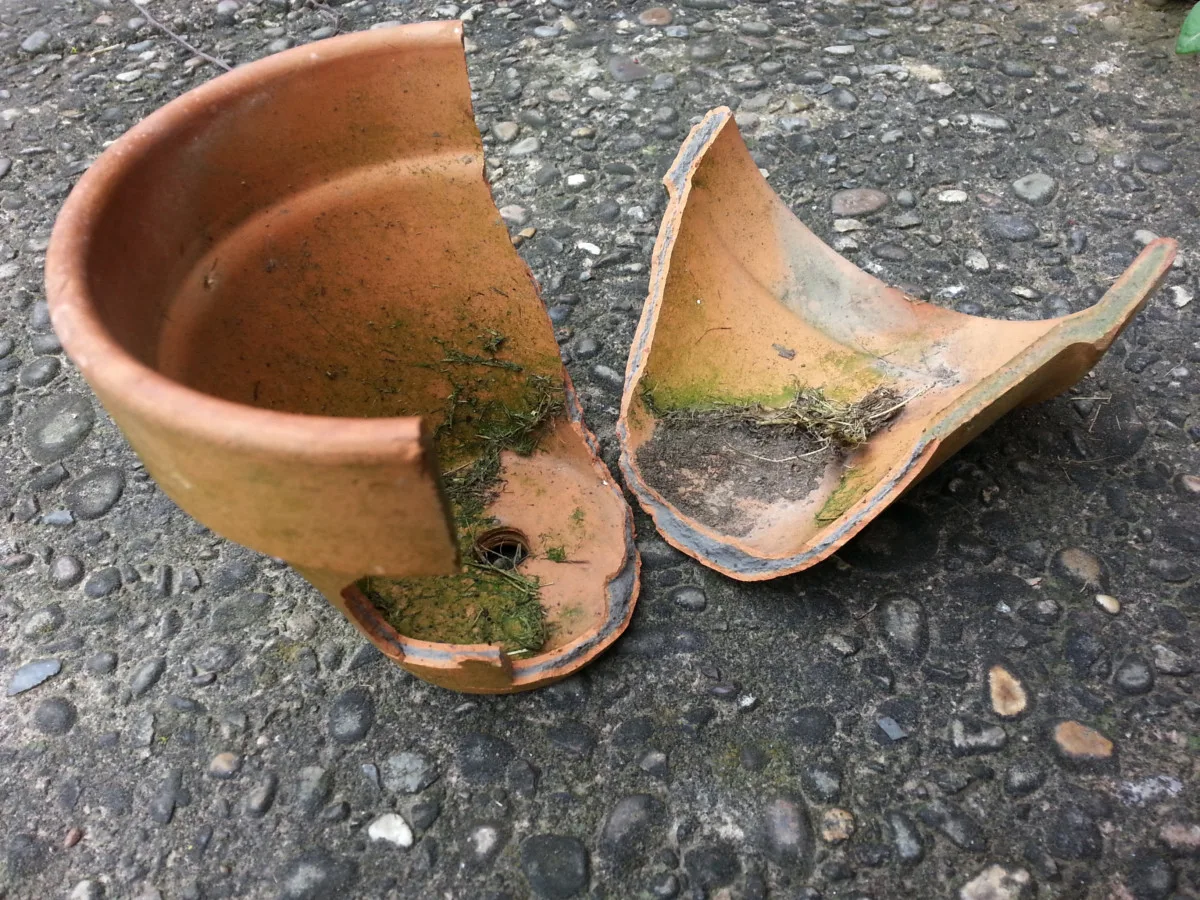
Lower-quality terracotta is much more susceptible to cracks due to temperature changes – think freezing weather and a porous pot saturated with water. However, good quality Italian terracotta pots can last decades if properly cared for. Ask any seasoned gardener, and I bet they have a collection of terracotta pots they’ve had for decades.
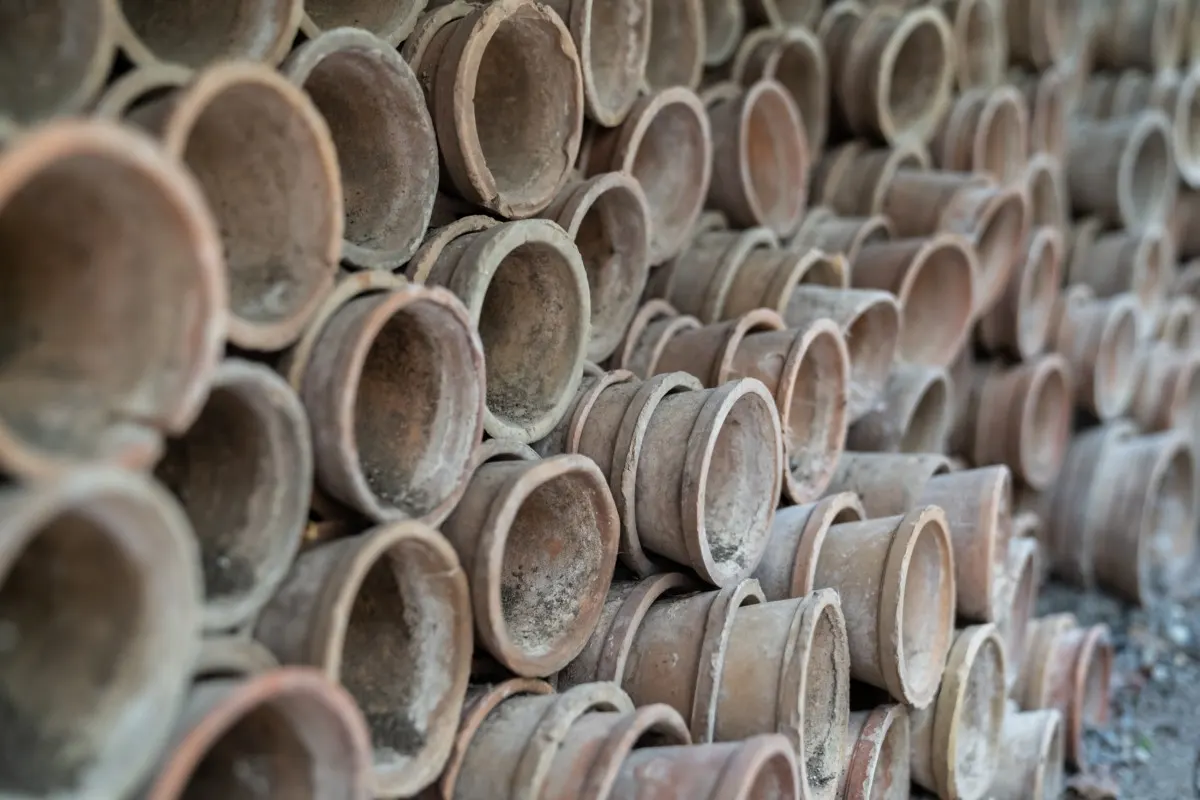
When choosing terracotta, check the outside of the pot for a “Made in Italy” stamp, but also use your ears.
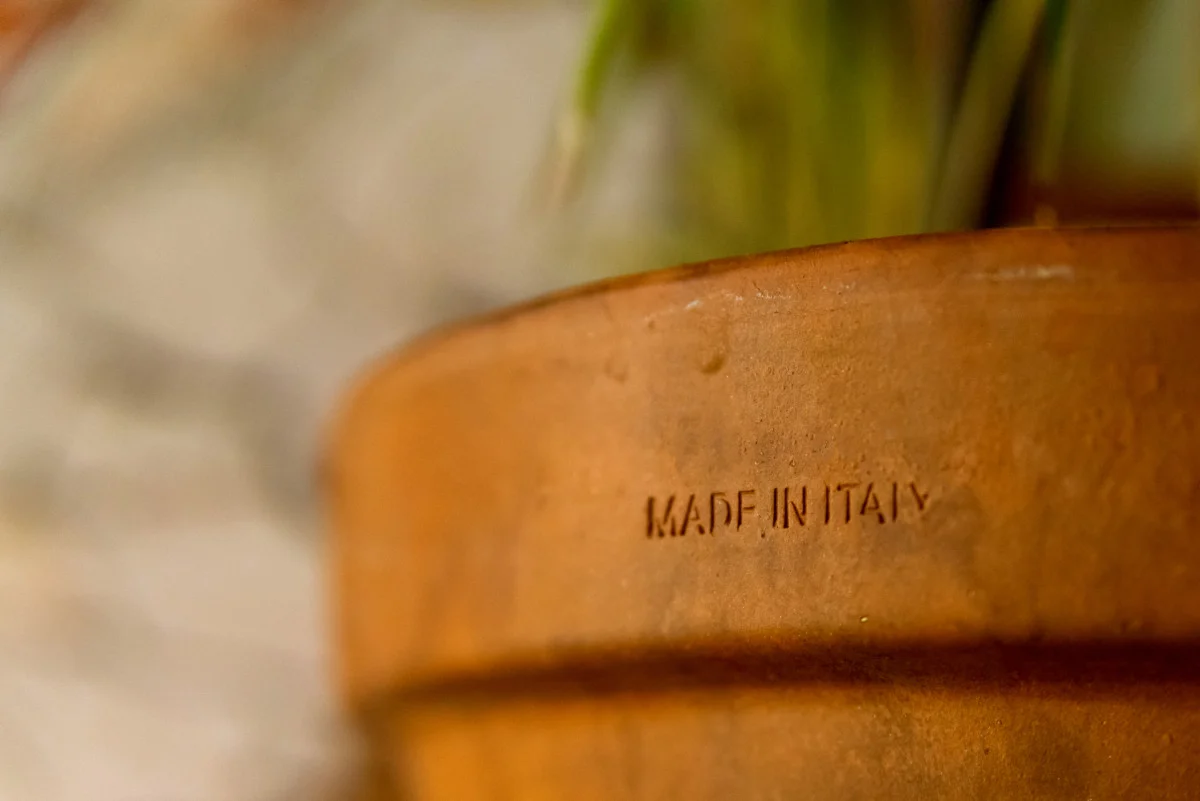
Turn the pot upside down on a flat surface, and place your finger over the drainage hole on the bottom. Now tap the rim of the pot with a metal object like a spoon or a screwdriver. Good quality terracotta will have a nice ring to it. If you get a thud, it’s a dud.
The best part about buying good quality Italian terracotta pots is that they’re still reasonably priced compared to many other planter options.
3. It’s Okay If Orange Isn’t Your Color.
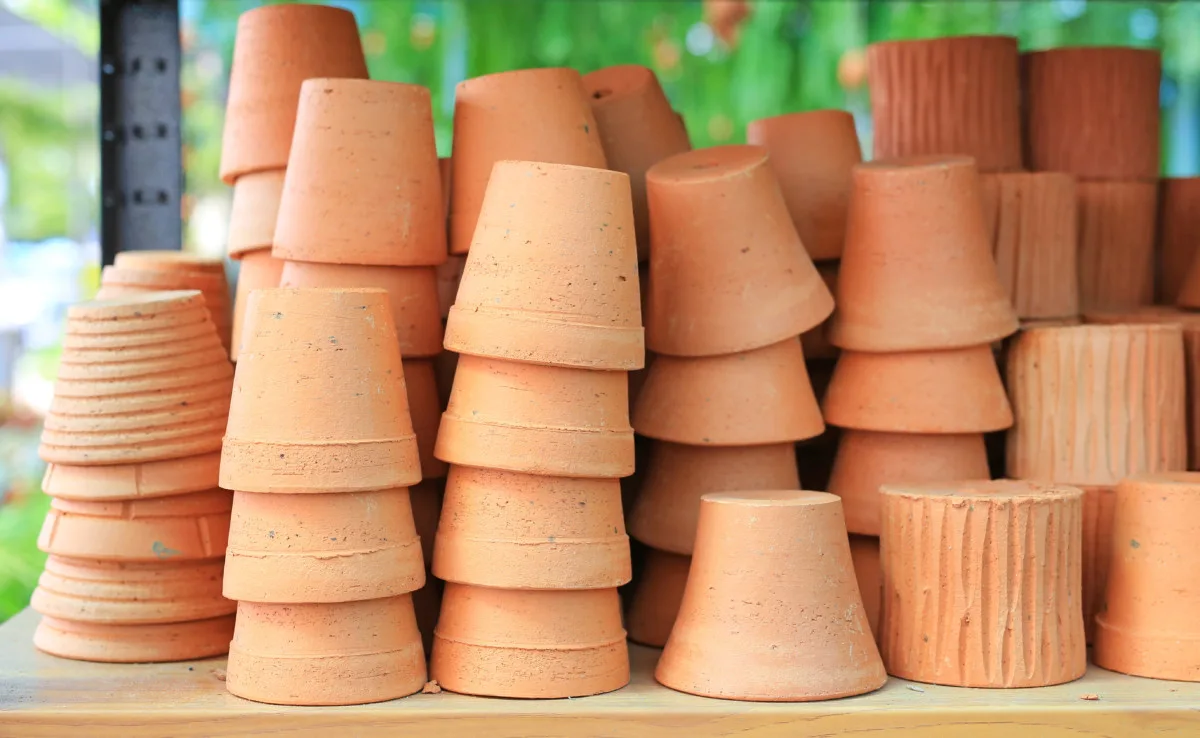
Many folks love the classic earthy look of terracotta because it goes well with nearly any interior style. If the color reminds you of rust, there’s a good reason for that.
The natural hue comes from the high iron content of terracotta, usually between 5-10%. The iron oxidizes during the firing process giving it that “rusty” orange we all know so well.
But some folks avoid using terracotta because they don’t like the orange color. Terracotta is easy to paint and makes the perfect blank canvas for turning your gardening into a fun DIY project.
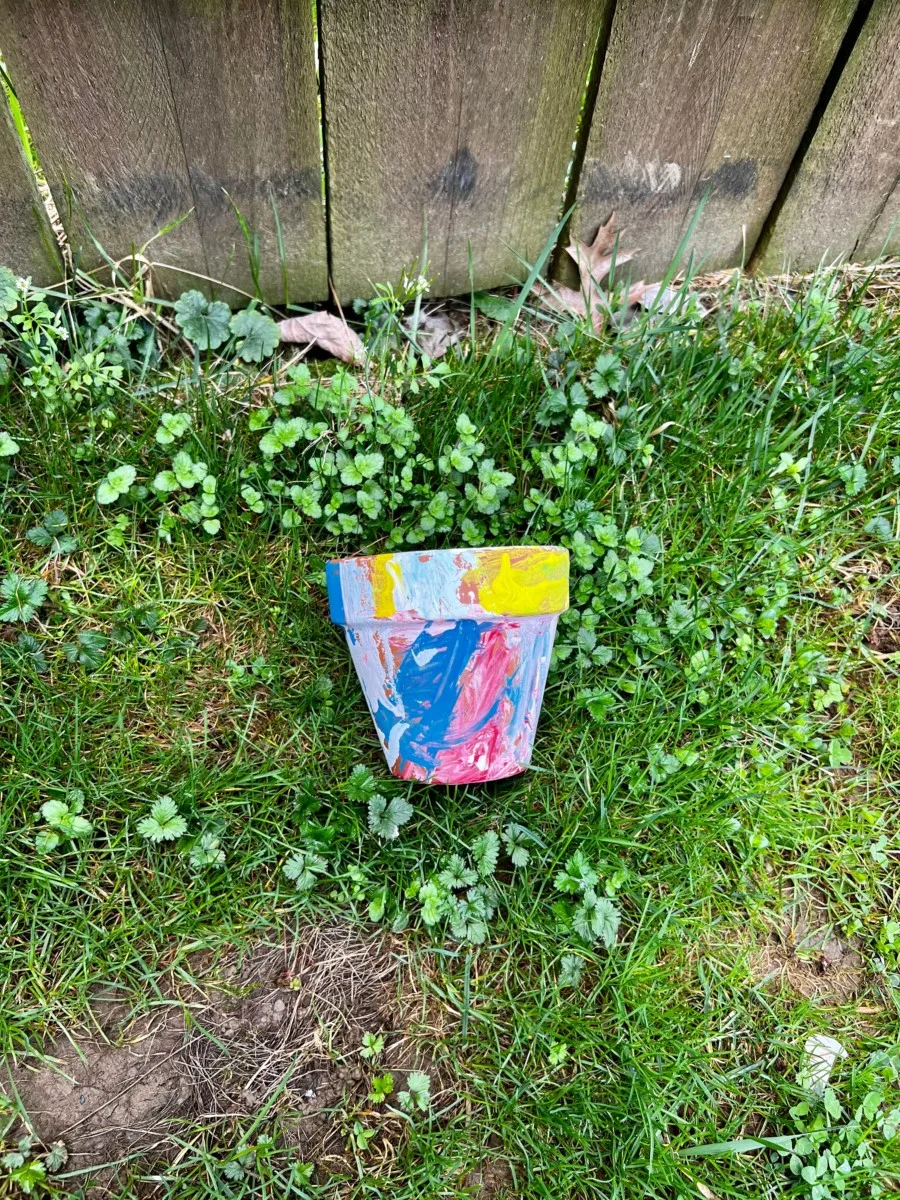
4. Porous Clay is Your Friend – Mostly
Using terracotta pots has a bit of a learning curve, but lucky you, you’re reading this article, so you can skip to the head of the class.
Yes, terracotta pots are naturally porous, so you’ll need to do a few things differently. This natural porosity is good for a few reasons.
Believe it or not, most people damage their plants not by forgetting to water them but by overwatering them. It seems whenever our plants look a little off, our instinct is to water them first and ask questions later.
Terracotta allows the soil to dry out quicker, meaning even if you get a little heavy-handed with the watering can, your plant will probably be fine.
Terracotta pots also have a drainage hole, so your plants won’t sit in water. Between the quick-drying porous clay and the excellent drainage, it’s rare to have a plant growing in terracotta develop root rot or other diseases that occur in damp soil.
If this is an issue you struggle with, consider switching to terracotta pots.
The flip side is that you generally need to water plants growing in terracotta more often. So, it’s a good idea to choose a pot slightly larger than your plant needs. Having a bit more soil volume will cut down on some of that extra watering. Size up about 1” bigger than you normally would.
I’m sure by now you’re already thinking of certain plants that hate having wet feet and how they would do so much better in terracotta. You would be right. Some plants do better in terracotta, and some would do better grown in a less porous planter.
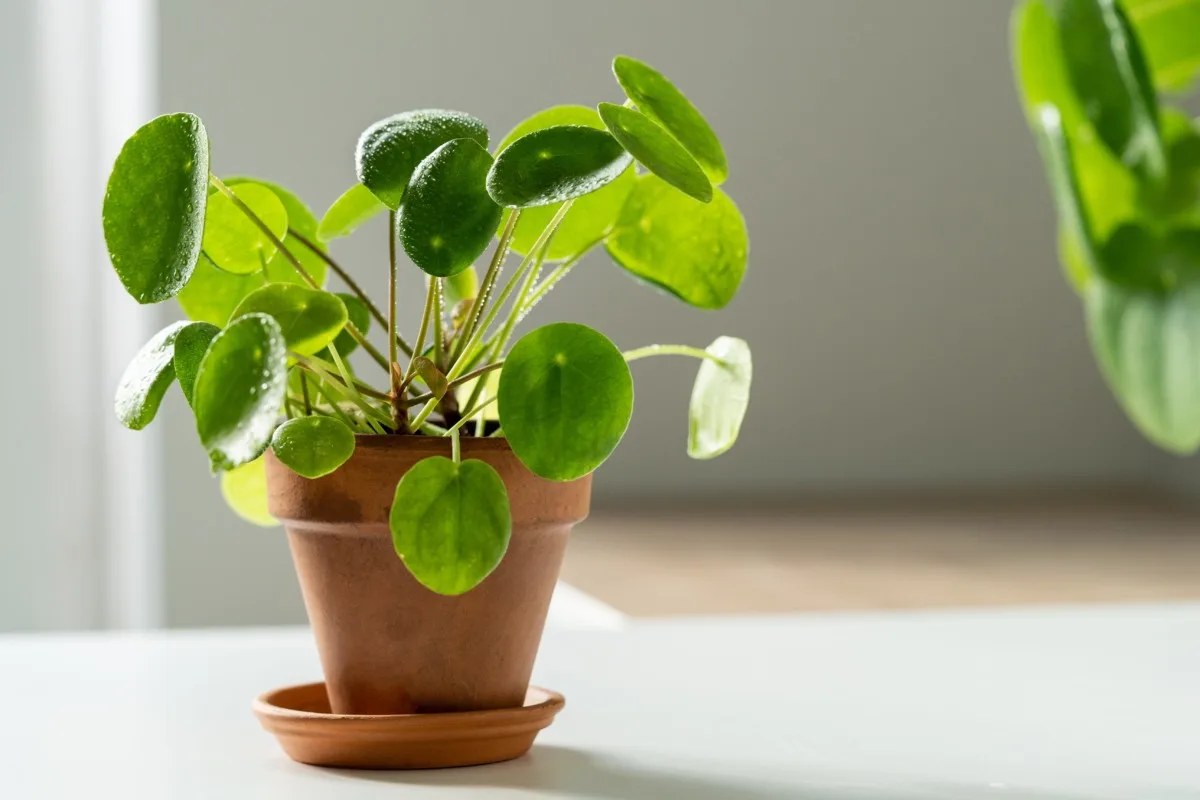
Plants That Do Well in Terracotta
- Snake Plant
- Monstera
- ZZ Plant
- Pothos
- African Violets
- Christmas/Holiday Cactus
- Succulents
- Cacti
- Aloe Vera
- Jade Plant
- Pilea
- Bromeliads (they prefer water in their leaves rather than the soil)
Plants That Don’t Do Well in Terracotta
- Ferns
- Spider plants
- Umbrella Plant
- Baby’s Tears
- Pitcher Plant
- Lucky Bamboo
- Creeping Jenny
- Nerve Plant
- Lilies
- Iris
- Oxalis
Of course, these are just a few examples. If plants don’t like wet feet or are susceptible to root rot, they will most likely do well in terracotta.
It’s important to remember that while some plants prefer having moist soil and some prefer it dry, they might also have different humidity needs. Even though they may prefer the porous nature of terracotta, they still might need moist air to thrive.
Alright, Tracey, you’ve convinced me to try terracotta pots.
5. Pre-planting Terracotta Prep
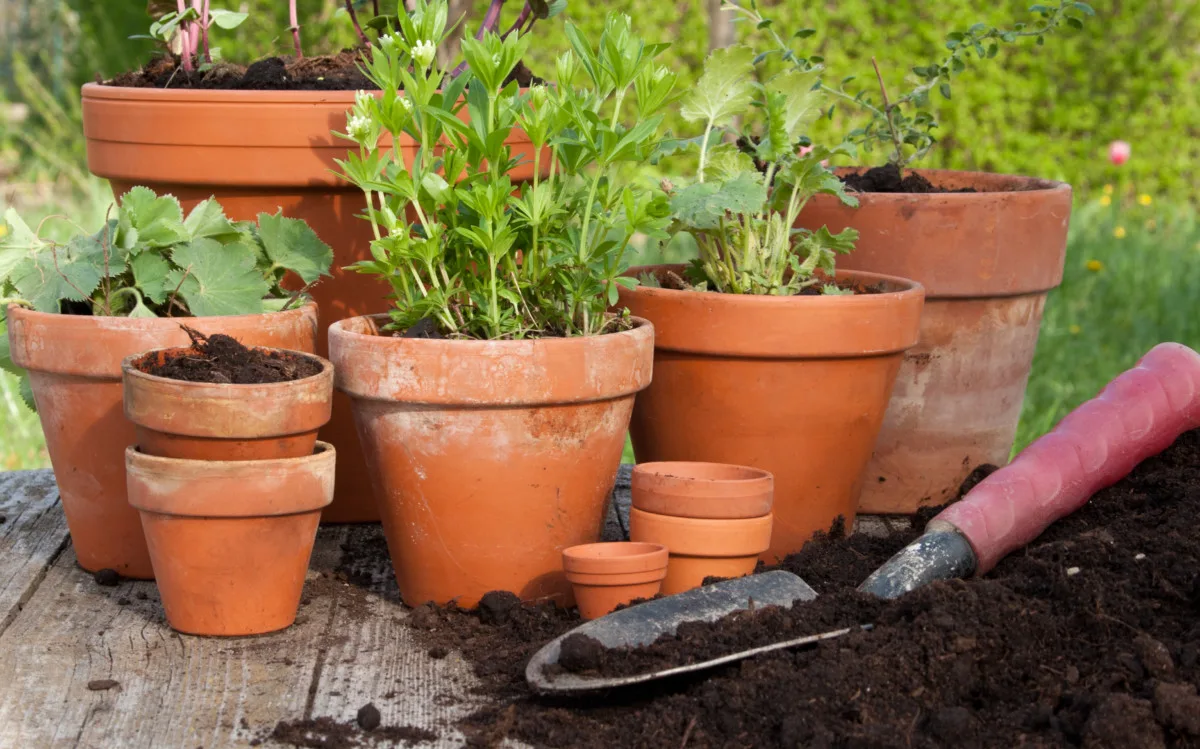
The first thing you will need to do before planting in terracotta is to soak it. As we’ve already discussed, terracotta is naturally porous, so if you put moist potting soil into a brand new, dry terracotta pot, it’s immediately going to pull all of the moisture out of the soil.
Fill your sink or a bucket with water and put your terracotta in to soak. Leave it overnight or for twenty-four hours. You really do want to give it a good long soak.
Remember that drainage hole we talked about? For years the old tip was to put a stone or a piece of broken terracotta over the drainage hole to prevent soil from washing out of the bottom. Instead, put a paper coffee filter in the bottom. Not only does this keep the soil in the pot, but it allows the water to drain out slower so the roots can soak up more of it.
Make sure your pot and the coffee filter are soaking wet. The paper will stick to the inside of the pot better, making it easier to fill the pot with soil, so it doesn’t slide down between the pot and the filter.
6. Protect Your Furniture
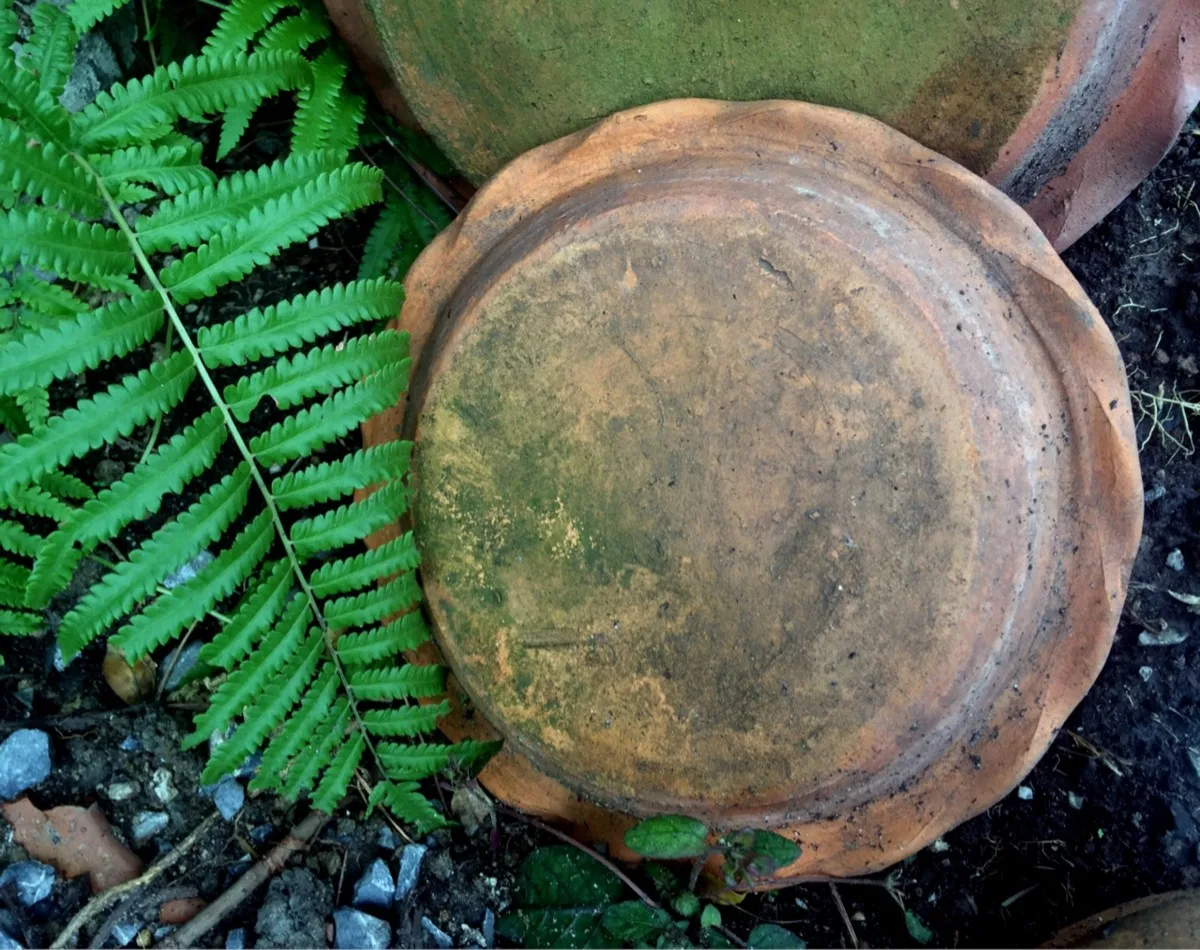
You may have noticed one of the obvious drawbacks of terracotta saucers. (Hopefully, you’ve noticed it before you ruined a piece of nice furniture.) As terracotta pots and saucers are both porous, if you use them indoors, you need to put something under them to protect the furniture. Because of the roughness of the clay, you’ll want to protect fine furniture from scuffs anyway.
A few suggestions:
- Cover the inside of the saucer with foil
- Dip the bottom of the pot and/or saucer in melted wax and allow it to dry
- Place the saucer on top of a cork mat
- Pick up an old decorative trivet to put under your saucer
- Purchase plastic drip trays to put the saucer in
- Use a sealed clay saucer
7. A White or Green Patina is Normal
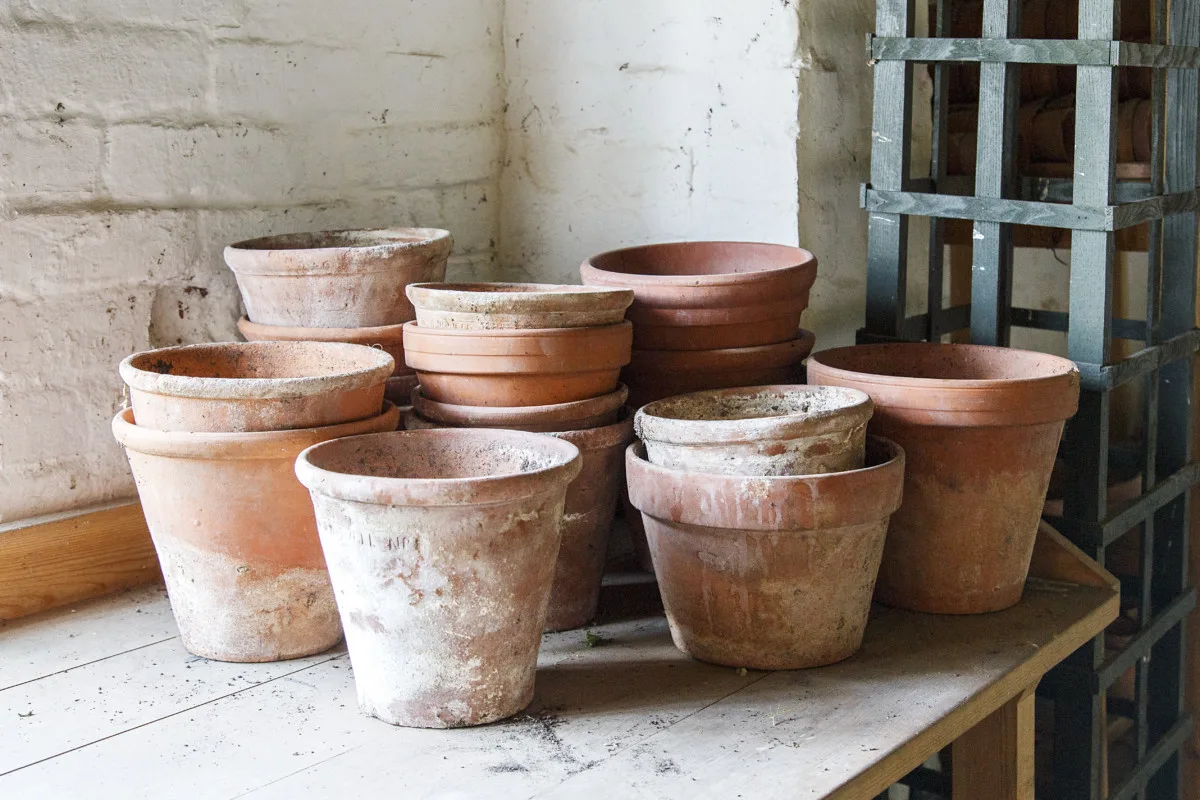
After a while, your terracotta is indoors or out, you’ll notice the pot starts to develop a white, crusty film on the outside. This is completely normal. Some folks even prefer this patina as it gives the pots a characteristically aged look.
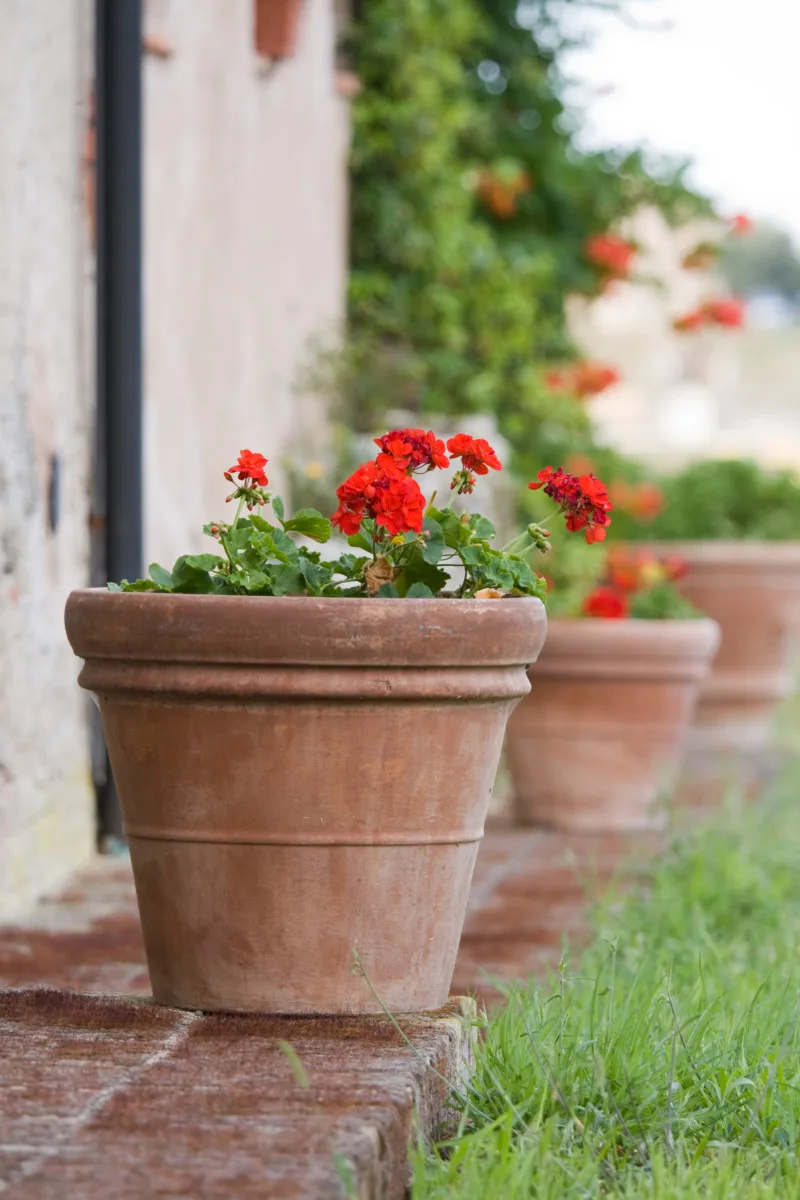
It’s simply the minerals and salts in your water and fertilizers filtered out by the clay. If you don’t like this look, you can minimize it by using rainwater or distilled water. Chemical fertilizers (usually salts) are more likely to leave a white residue than natural fertilizers.
Outdoor pots can even develop moss on them. Some folks prefer to age their terracotta by applying a thin coat of yogurt to the outside of pots and letting them sit in the sun for a few days.
UPDATE JULY 2023: I tested some of the most popular ways to quickly age terracotta pots, and while yogurt did work, it wasn’t the best method. Take a look at my no-effort way to age terracotta pots here.
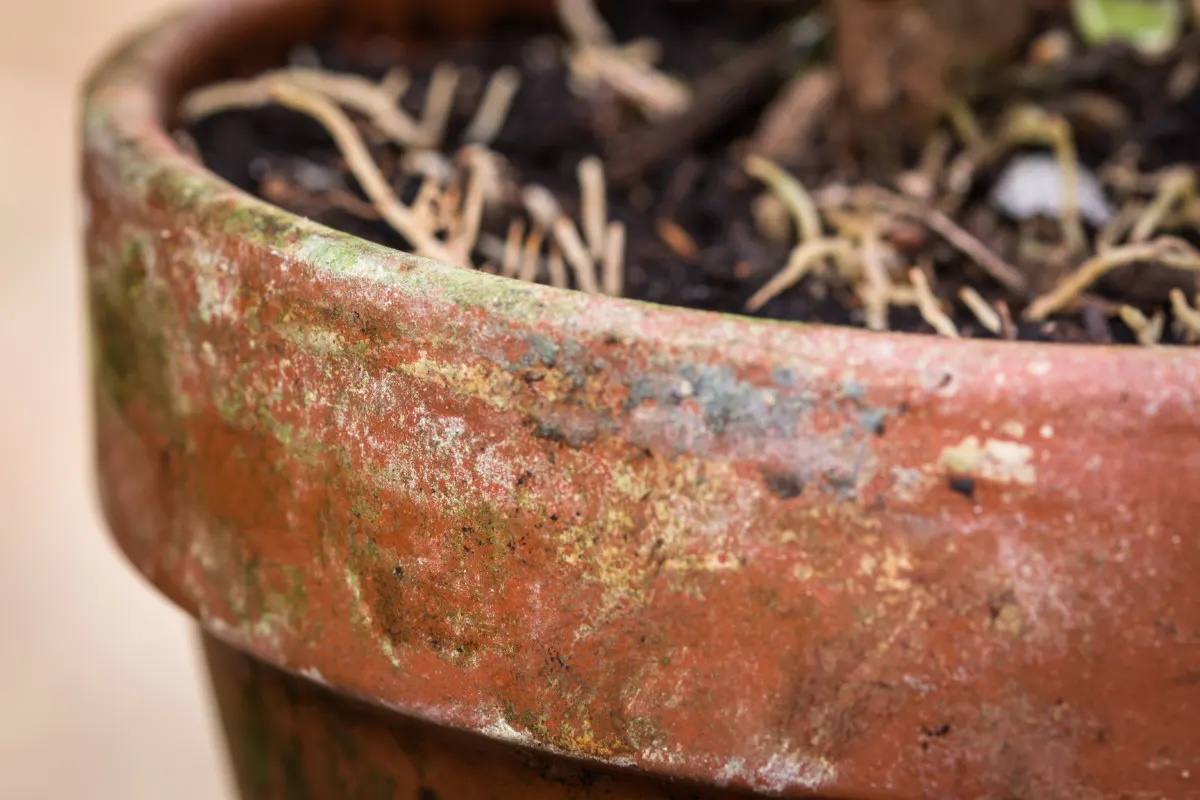
8. Cleaning Terracotta – Don’t Worry, It’s Not Hard
If you don’t like the natural patina that develops or if you plan to grow different plants in a used pot, eventually, you will need to clean your terracotta.
To clean crusty, stained terracotta, remove the plant and the potting soil and let the pot dry out completely. (Check Mickey’s post on what to do with that leftover potting soil.) Use a stiff-bristled brush to scrub out as much dried-on dirt as possible.
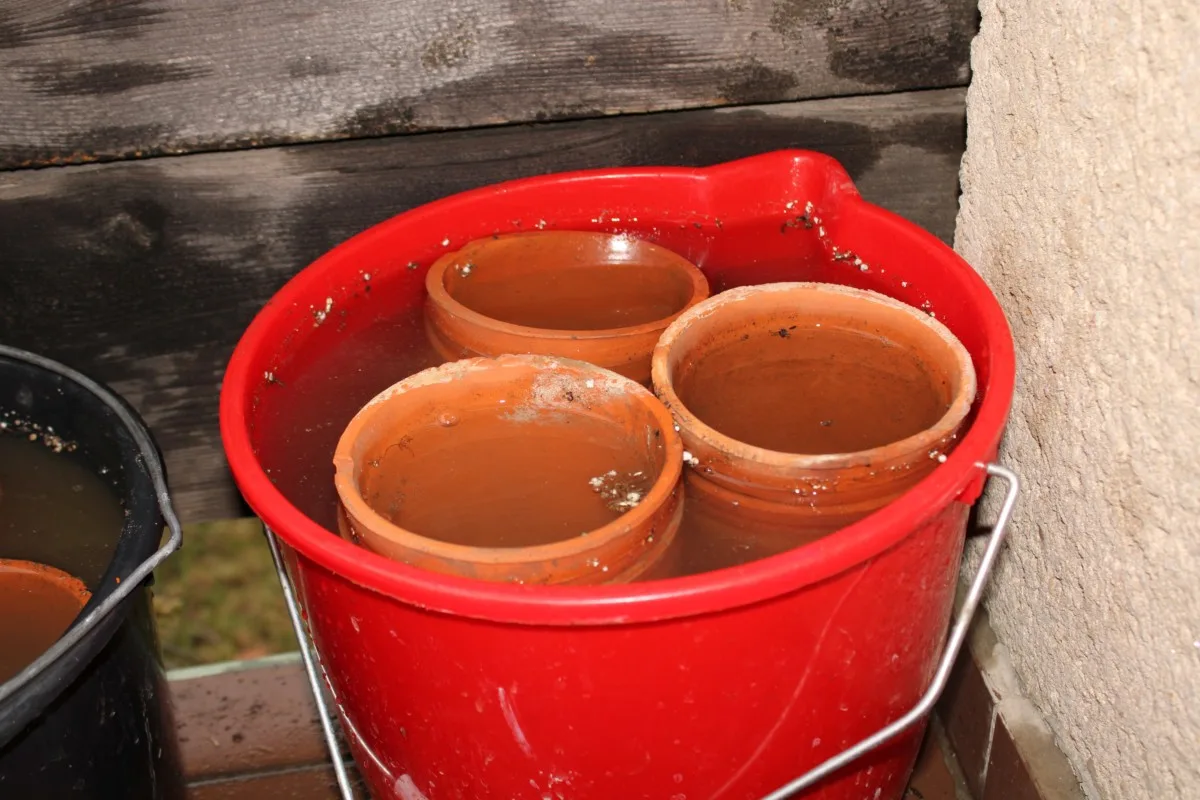
Next, you’ll need to soak the pots in a vinegar and water solution or water and a few drops of liquid dish soap. Let the pots soak overnight, and then give them a good scrubbing with a brush or scouring pad. Rinse the pots well, and they’re good to go.
However, if you’re growing a different plant in them or the previous plant had pests or a disease, you will need to disinfect your pots with a mild bleach and water solution. Because they’re porous, all that surface area is great for fungi and bacterial spores to grow.
A word about bleach.
Bleach always seems to get a bad rep from the environmentally conscious crowd because it’s made from *gasp* chemicals. This reputation is, however, unfairly earned. When exposed to air, bleach quickly oxidizes and breaks down into two even scarier chemicals – salt and water.
Yup, that’s it, folks. So, please, don’t be scared to use bleach.
Soak your pots in a bucket or sink with water and a ¼ cup of bleach. Don’t let them soak for longer than an hour, and don’t use more bleach than that. If left for too long or used in larger amounts, bleach can weaken and wear down your terracotta.
Let the pots air dry, and they will be ready for the next generation of tomatoes or impossible-to-keep-alive-calathea.
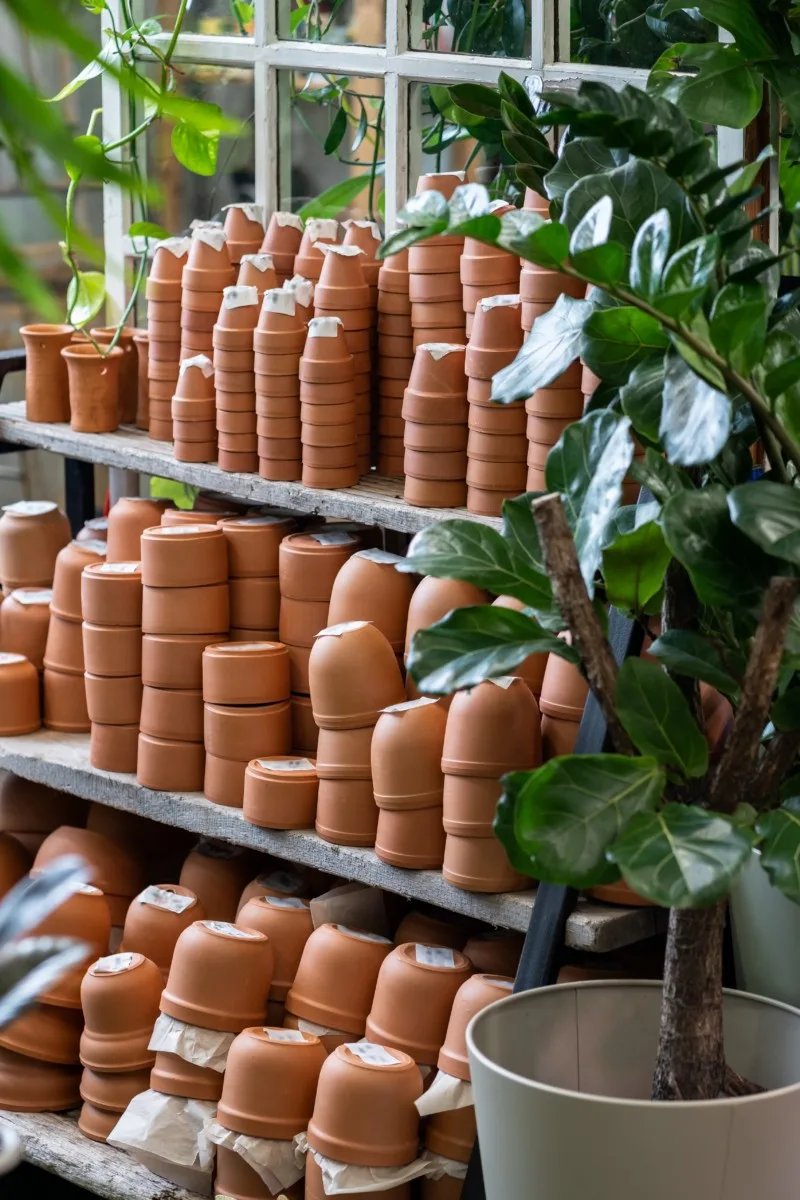
Terracotta pots can be used for so much more than growing plants too. They’re often the basis for craft projects, you can use them to make an inexpensive heater, and you can even use them to irrigate your garden.
Terracotta pots deserve a spot in every gardening shed and every houseplant lover’s collection. Their natural beauty and practicality have stood the test of time, and it’s easy to see why.

Get the famous Rural Sprout newsletter delivered to your inbox.
Including Sunday ramblings from our editor, Tracey, as well as “What’s Up Wednesday” our roundup of what’s in season and new article updates and alerts.

